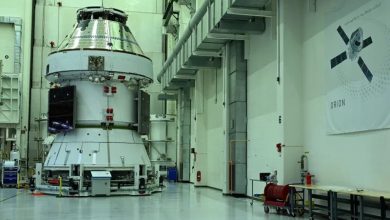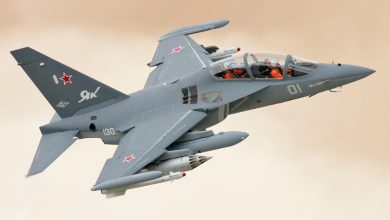
Pioneering the Future: Raytheon and Northrop Grumman Achieve Milestone in Hypersonic Weaponry Flight Test
Raytheon Missiles & Defense, a subsidiary of Raytheon Technologies, in collaboration with Northrop Grumman, has successfully accomplished its second flight assessment of the scramjet-driven Hypersonic Air-breathing Weapon Concept, or HAWC, for the Defense Advanced Research Projects Agency and the U.S. Air Force.
In this flight assessment, the insights and data gathered from the initial test were applied to mature the operationally significant weapon concept design. The trial achieved all essential primary and secondary goals, including the demonstration of tactical range proficiency.
“This assessment illustrated how we have swiftly advanced cost-effective scramjet technology, which forms the backbone of air-breathing armaments,” stated Colin Whelan, president of Advanced Technology for Raytheon Missiles & Defense. “Our second HAWC flight test success marks a pivotal milestone for our nation as we enhance hypersonic systems.”
During the flight assessment, following the release of HAWC from an aircraft and achieving hypersonic velocities using the scramjet engine, the vehicle navigated a trajectory that engineers designed to intentionally challenge the weapon concept, thereby exploring its boundaries and further validating digital performance models. These models, grounded in actual flight data, are being utilized to precisely forecast and augment performance as the system evolves.
“The second flight assessment is a significant advancement towards making scramjet technology mission-ready,” remarked Dan Olson, vice president and general manager of Weapon Systems for Northrop Grumman. “Nearly twenty years of research and development in scramjet propulsion have culminated in a substantial enhancement of our nation’s weapon capabilities.”
Scramjet engines utilize high vehicle velocities to forcibly compress incoming air prior to combustion, facilitating sustained flight at hypersonic velocities—Mach 5 and beyond. The system was designed to operate using a widely available hydrocarbon fuel, and because it uses air for combustion, it eliminates the need to carry the additional weight of an onboard oxidizer. These essential characteristics afford a safe, efficient, and tactically sized, long-range hypersonic weapon. By traveling at these incredible speeds, hypersonic armaments like HAWC can strike their targets faster than traditional missiles, enabling them to potentially evade defense mechanisms.
Raytheon Missiles and Defense, along with Northrop Grumman, has been collaborating since 2019 to develop, manufacture, and integrate Northrop Grumman’s scramjet engines into Raytheon’s air-breathing hypersonic armaments. Their combined endeavors empower both companies to produce air-breathing hypersonic munitions, representing the next generation of tactical missile systems.






